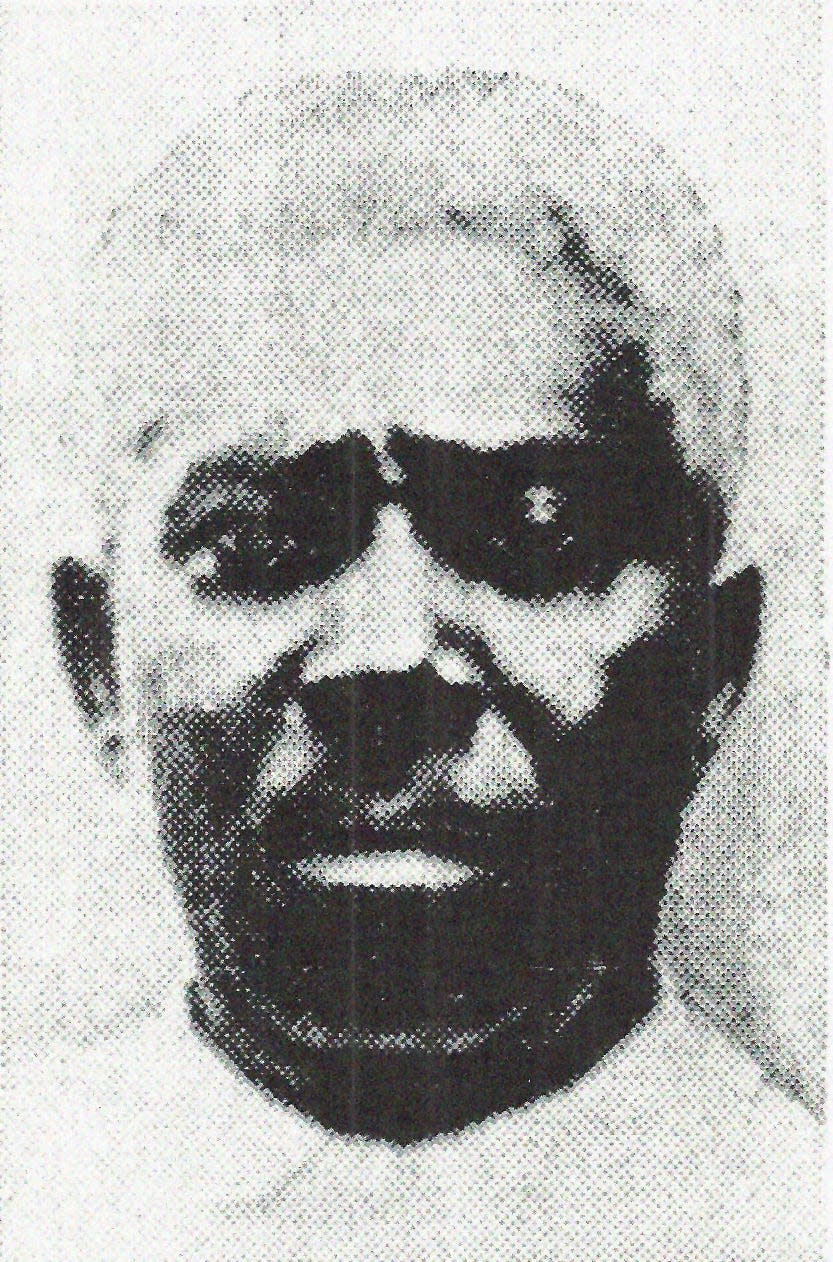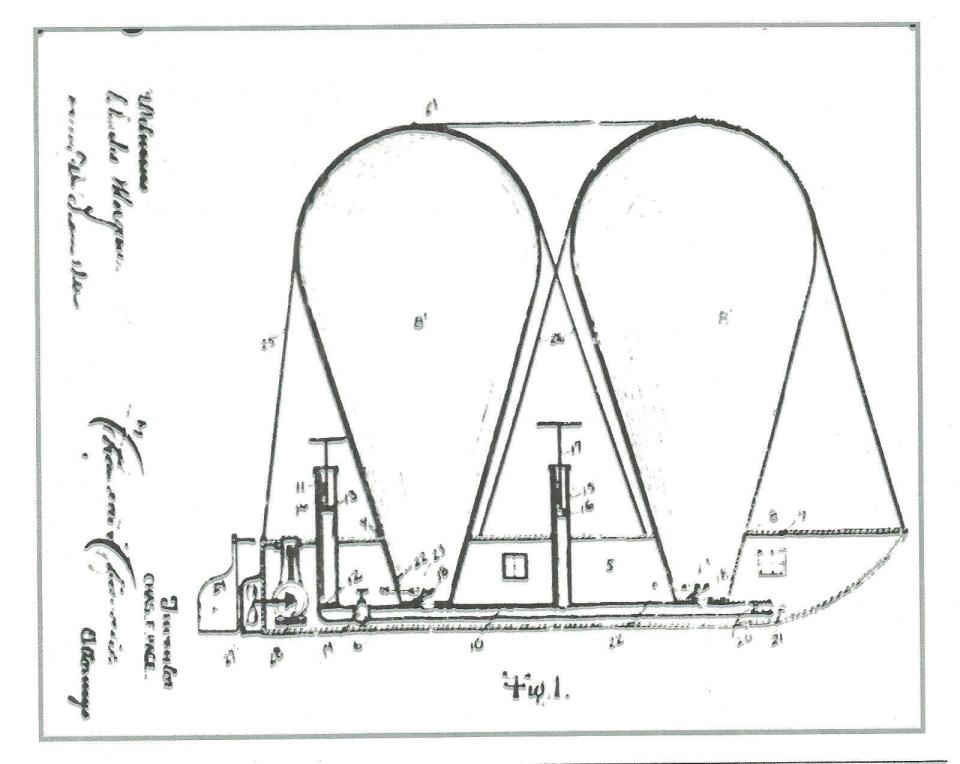Born a slave, Pineville man built an airship in 1890s

Editor’s note: This is the second in a four-part series.
In honor of Black History Month, local historian and author Micheal Wynne spoke to the City of Alexandria Rotary Club about four Black local historical figures who were instrumental in building and shaping Alexandria and Pineville. The four he spoke about were August J. Toussaint, Charles Frederick Page, John Baptiste LaFargue and Louis Berry.
Black history, Wynne told the Rotarians, is everyone’s history.
“I got interested in our area's African-American history when I began actively researching local history a couple decades ago,” Wynne said in an email. “I found almost nothing written in all of our local history books or on display in local historical museums about African-American history in Central Louisiana. It was like their history was purposely left out. This shocked me as at least 1/3 of our population is African American.”
Charles Frederick Page
Charles Frederick Page was born a slave and taught himself how to read and write, Wynne said. He is considered one of the top 10 Black inventors of the world. The Smithsonian National Museum in Washington, D.C., had an exhibit on him in the 1990s.
“In the 1890s, according to his daughter Eva, he saw a mosquito hawk flying one day and said, ‘If a mosquito hawk can fly, I can fly,’” Wynne said. “So he started building an airship, in the 1890s, in Pineville at his self-built, two-story wooden frame home, which was located at the corner of Edgewood and 28, behind what is now the Walgreens.”
Page built a full model of his airship and had it shipped by train to be on display at the Louisiana World Exposition in St. Louis, Mo., which marked the 100th year anniversary of the Louisiana Purchase, Wynne said. He may have planned to enter an aeronautics competition that had a $500,000 prize. Unfortunately, Page’s airship was stolen and destroyed before it ever got to St. Louis.
“It tremendously discouraged him," Wynne said. "In fact, he basically gave up on it.”
But Page had filed a U.S. patent application for his airship, and it was still being processed.

“In April of 1906, he got a patent for his airship,” Wynne said. “He wasn’t the first Black man to ever get a patent for an airship. He was the first man in the United States to get a patent for an airship. And he spent his life in Pineville.”
Wynne also noted that the Wright Brothers got their patent in May of 1906, one month after Page got his.
Aside from the airship, Wynne said Page also grew plants for drug companies to create new medicines. He also built coffins for people who could not afford them.
“He did amateur dental work," Wynne said. "I know that seems atrocious these days, but he did amateur dental work for people who could not afford dental work.”
Page also created the theory of diversified farming in great detail, Wynne said.
“Where people, tenant farmers who did not own their property or their house could eventually own their property and house,” he said.
He also created a Black men’s business organization in downtown Pineville to encourage Black men to start businesses and help train them to run businesses.
In 1911, a white Louisiana College student who was beaten to death by a Black man in Pineville for unknown reasons. To prevent a race war, Page was able to get white and Black community leaders together at a Black church to talk, which Wynne said was phenomenal.
“The Black man who did the murder was convicted and went to prison,” Wynne said.
“Even if Page had not patented an airship before anyone else in America, he could be known just for quelling a serious race riot in Pineville in 1911 over the murder of a white student by a black man,” Wynne stated in an email.
As an old man working at Greenwood Cemetery in Pineville, Page started developing tools and patenting tools for how to handle coffins and cut shrubbery on the property.
He also built Lincoln Memorial Cemetery, located on Mason Street off Highway 107, for Black people since there was no cemetery for them at the time. Page and his wife are buried there.
Wynne said he especially enjoys “doing research on African American subjects as I am breaking new ground every day in this area. And what I have found so far is absolutely fascinating. But there is still so much more to research.”
“There is a great need to preserve African American history, more than ever. So much has been lost due to neglect as well as willful destruction by haters. It is all of our jobs, our responsibility to save all of our history, not just of our own race or gender or creed,” Wynne stated in his email. “If we ourselves want and hope for respect, we must offer respect to others of different origins. Much of our history is not only lost due to neglect, but even worse due to ignorance. History of different levels of importance happens every day. As has been said many times, ‘Those who cannot remember the past are condemned to repeat it.’ (from George Santayanna)”
This article originally appeared on Alexandria Town Talk: Pineville man born a slave built an airship in 1890s

